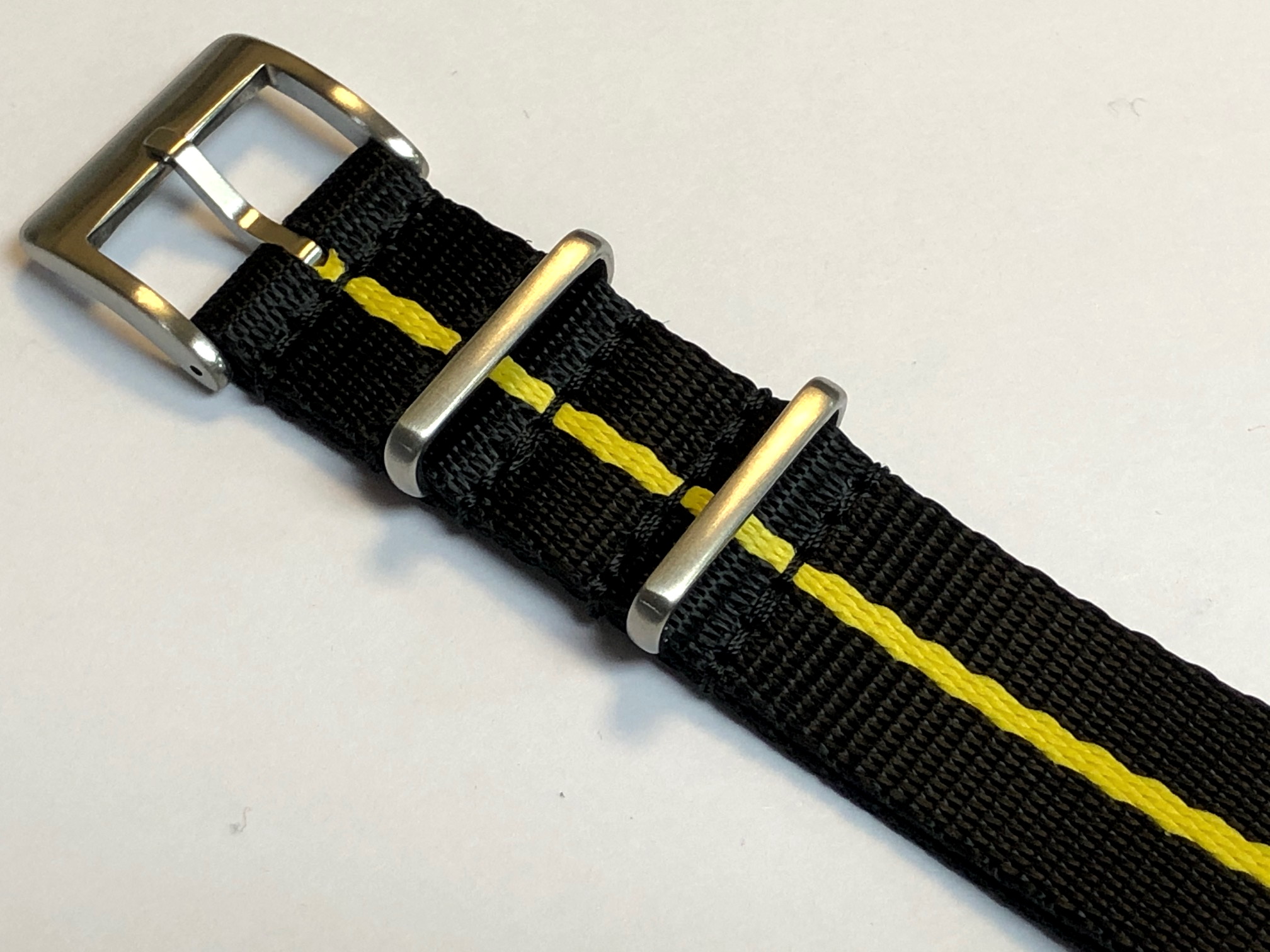
One of the most charming vintage Movado products isn’t actually a wristwatch at all.

The working relationship between Cartier and Movado proved so effective for both parties that it continued even until the 1950s, and over the years, we have bought and sold several Kingmatic models with their original dials carrying the Cartier signature. It was this innovative streak, combined with top notch build and finish quality, that undoubtedly led to Movado movements being used, along with those by Jaeger LeCoultre, by the famous Parisian jewellery house Cartier. The firm was at the vanguard, constantly breaking new ground and supplying new and ever quirkier products to a wealthy clientele in search of something they hadn’t seen before.

In the 1920s, Movado registered a huge number of patents in relation to its wristwatch movements. Demand for vintage watches by these latter two brands has largely developed in the last fifteen years whereas even back in the early 1980s when the antique wristwatch scene was still very much in its embryonic stages, Movado was already established in the minds of pioneer collectors as being of comparable importance to Rolex and Omega. By this, we mean that its golden age occurred between World War I and the very early 1960s, rather than it being revered, like Breitling and Heuer, predominantly for models introduced significantly after World War II.

Movado is a true vintage watch brand in the traditional sense, rather than falling into the modern classics category. Despite its remarkable history, largely because the current incarnation of the house is very low key and the fact that the Movado name is, unlike Rolex, Omega, Jaeger LeCoultre and the rest, not recognised by the general public in the street, its vintage output can be purchased for very modest sums of money.


 0 kommentar(er)
0 kommentar(er)
